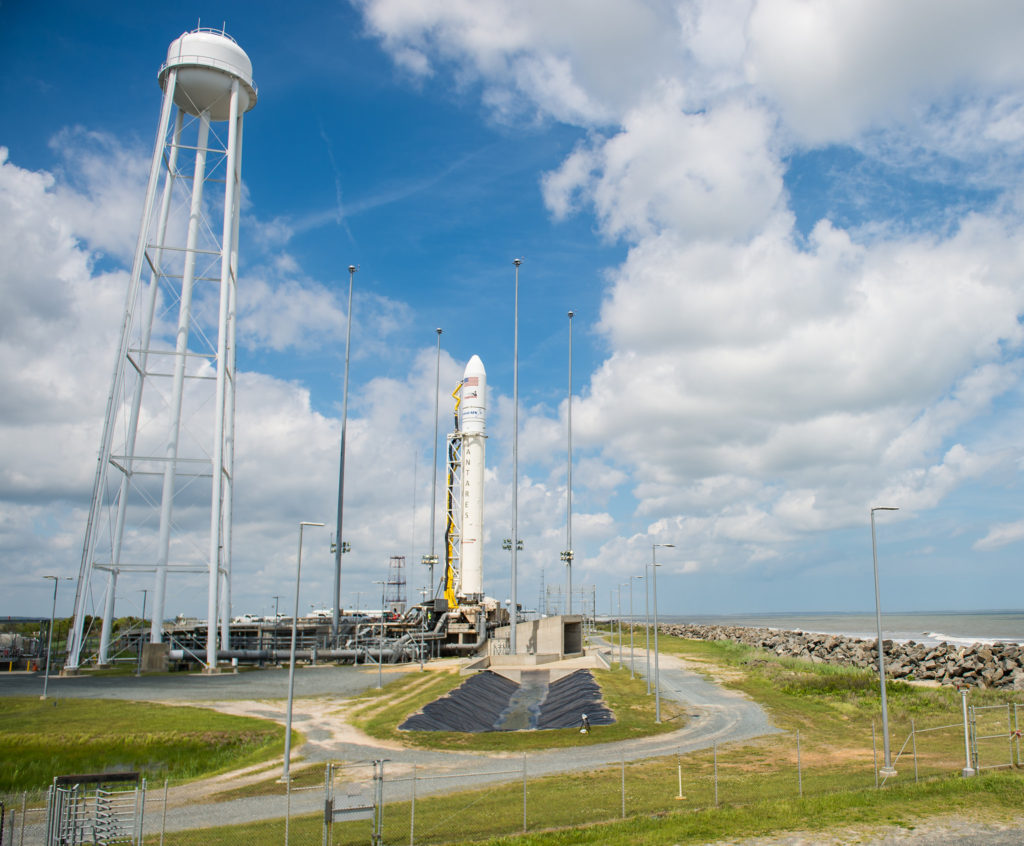Virginia will be bolstering its spacecraft launching capabilities as Rocket Lab will build a new port to deliver small satellites to low Earth orbit from NASA’s Wallops Flight Facility on Wallops Island located on the Commonwealth’s Eastern Shore. The company, headquartered in the U.S. but with much of its operations in Auckland, New Zealand, passed over Florida’s Cape Canaveral, Alaska’s Pacific Spaceport Complex, and California’s Vandenberg Air Force Base to bring its business to a state which has a steadily growing aerospace industry.
The initial cost of the project is estimated to be approximately $20 million, with $5 million in state grants to help construct “Launch Complex 2” (LC-2), the company’s first launch facility in the U.S that will assist both government and commercial spaceflight missions. At first, the endeavor will employ 30 highly-skilled workers with the hope of bringing in up to 100 eventually. Moreover, the company is anticipating to launch at least one 57-foot-tall Electron rocket monthly.
In a report from the Eastern Shore Post, Rocket Lab founder and CEO Peter Beck said his company is “thrilled to expand on our ability to provide rapid, reliable and affordable access to orbit for small satellites. We’ve worked closely with the experienced and welcoming teams from Virginia Space and MARS.”
“Whatever your payload, whatever your mission, Wallops will take you there,” said Bill Wrobel, director of the Wallops Flight Facility. “Make no mistake, this is a huge momentous day. Wallops has more than 70 years of experience successfully supporting missions using suborbital as well as small and medium-class orbital launch vehicles,” he added.
Virginia’s capture of Rocket Lab’s expansion into the U.S. is a victorious moment for the Commonwealth’s growing aerospace industry, which will undoubtedly increase the state’s overall economic competitiveness. At a Wallops Island press conference last week, Beck said the Eastern Shore was the “clear winner” for several reasons.
“We’ve got a very aggressive time scale to build the pad, and Wallops had a lot of the team and infrastructure in place ready for us,” he said.
A report from Space News details that the Wallops was chosen because it is also “relatively quiet” in terms of launch activity. Beck said this factor poses less of a challenge to meeting the goal of supporting as many as 12 launches a year of its Electron rocket.
“The Cape is very, very busy,” he said. “That was one of the key critical factors for choosing Wallops,” Beck added.
LC-2 will be built southeast of Pad “0-A” at Wallops, which is currently used by Northrop Grumman’s Antares rocket. Only about two launches a year are performed on the pad, which carry Cygnus cargo spacecraft to the International Space Station (ISS). Nevertheless, neither company anticipates conflicts between the Antares and Electron missions.
The new Wallops Island launch pad will be used primarily for customers like U.S. government agencies that prefer to launch domestically.
“For LC-2, think of it more as a boutique pad for customers who want to remain in the United States and if they have a certain requirement around inclination,” Beck said.

